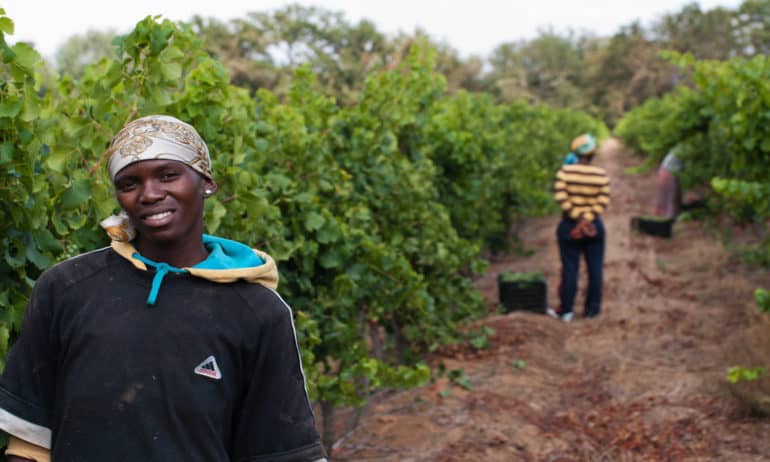Although there are 100 million fewer people suffering from malnourishment today than there were a decade ago, nearly one in nine people around the world still suffer from chronic hunger. In response, several organizations have recognized the necessity of nutrition-sensitive agriculture—a strategy for eradicating hunger and malnutrition that incorporates explicit nutrition objectives into all aspects of development. According to the U.N. Food and Agriculture Organization (FAO), “By applying a nutrition lens along the entire food chain from farm to fork, critical control points may be identified where the foods ‘nutrient value’ is at greatest risk of being reduced and steps can be taken to safeguard the nutritional quality of the food. At the same time nutrition-sensitive agriculture…give[s] priority to supporting the livelihoods of farmers and communities.”
In an effort to meet an increasing demand for experts who understand the connection between agriculture and nutrition, the International Fund for Agricultural Development (IFAD), the World Bank, FAO, and REACH came together in mid-July 2014 to discuss and improve nutrition-sensitive agriculture and rural development projects. IFAD hosted the four-day intensive training workshop at its Rome headquarters, with around 40 staff and consultants participating. Participants included agronomists, nutritionists, economists, and agricultural investment planners from several continents. Charlotte Dufour, Food Security, Nutrition, and Livelihoods Officer at FAO, explained, “We need to anchor nutrition at the agriculture table. It’s part and parcel of agriculture.”
According to IFAD’s recent publication, Improving nutrition through agriculture, “agriculture’s essential role is to ensure an accessible supply of diverse, nutritious foods at all times, either from the market or from farmers’ own production.” Traditionally, agricultural development projects have focused on increasing agricultural yields, and raising incomes to reduce poverty and enhance food security. IFAD has concluded that while this approach has its benefits, “it is now widely recognized that higher levels of production and income alone have a limited impact on improving nutrition.” Instead, actors can implement a range of measures to make nutrient-dense foods more readily available—from better storage, preservation, and processing to improving soil health. IFAD adds that “efficiencies in production and marketing, as well as reduction of food waste, can reduce the relative prices of more nutritious foods or the time it takes rural women and men to prepare them.” The workshop also emphasized the importance of gender equality in agricultural and rural development projects. When such investments are designed to empower women, everyone benefits—productivity increases, economies grow, and agricultural outputs rise.
According to IFAD, “in the end, workshop organizers and participants alike conveyed a sense of determination to take nutrition fully into account in project design and implementation.”















